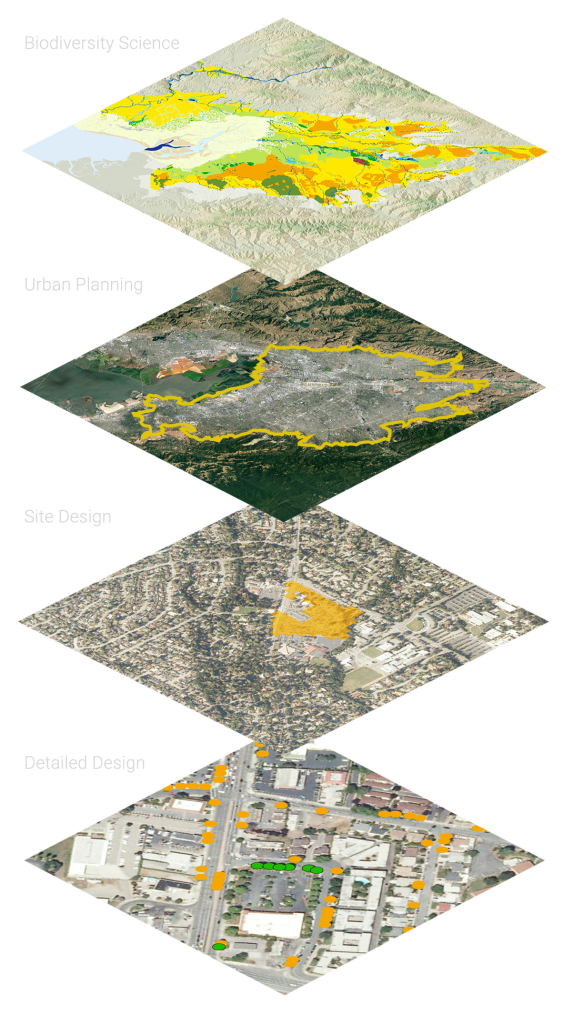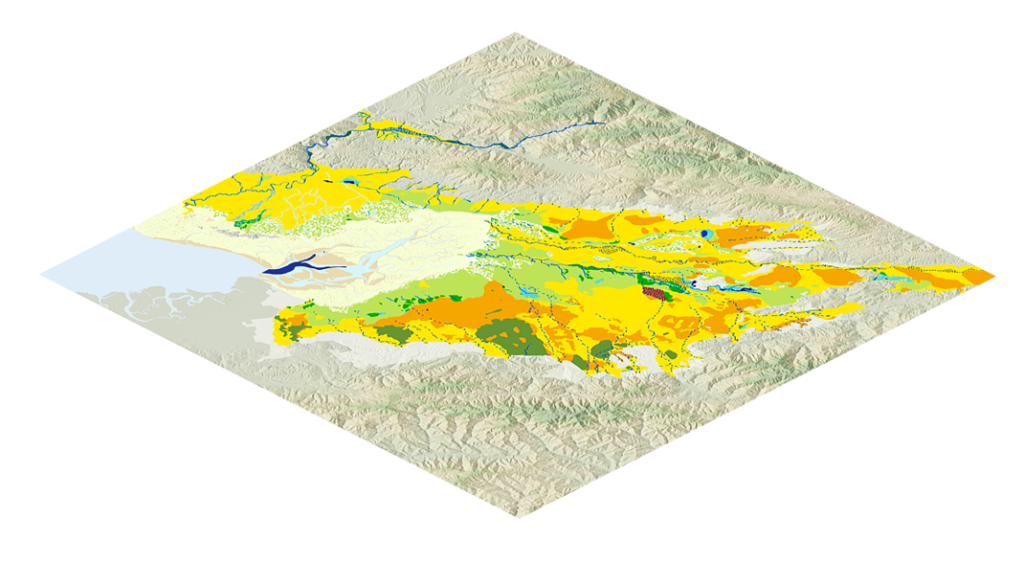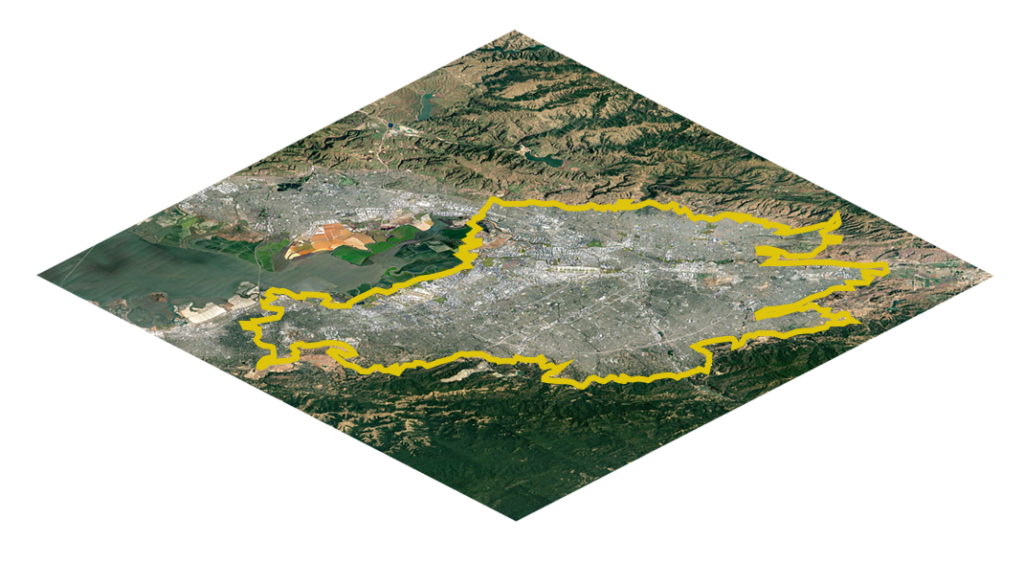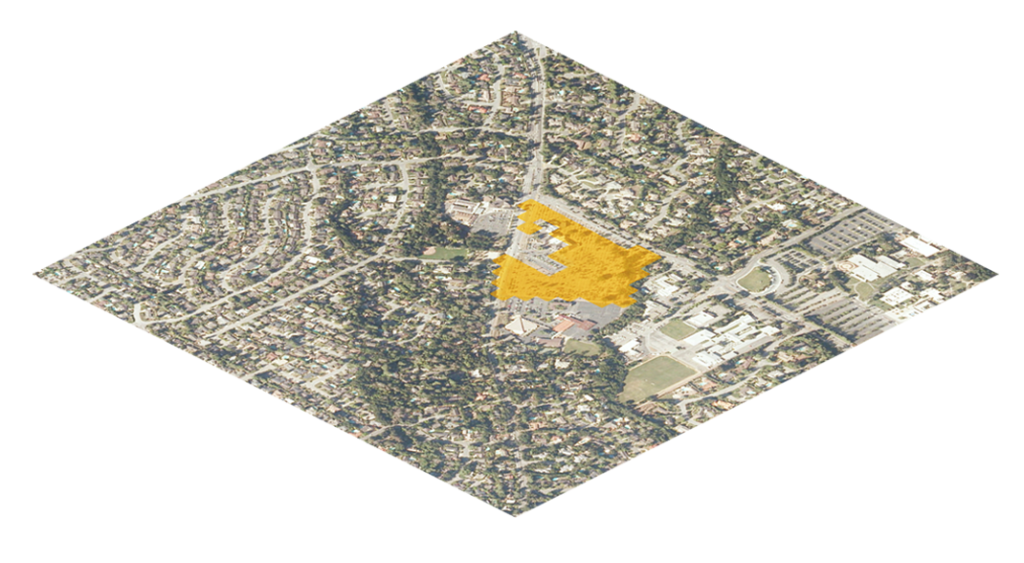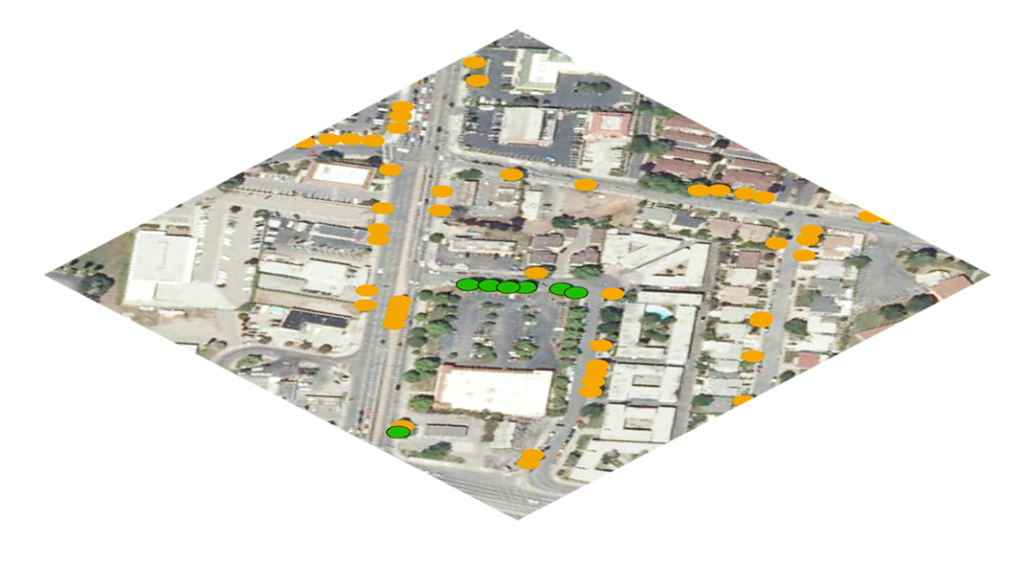Strategies to Make Nature’s City
The guidelines in Ecology for Health inform urban planning and design at three scales: urban planning, site design, and detailed design. Urban planning strategies will be most relevant for those working on urban greening programs at the regional, city, or neighborhood level. Site- and detailed-design strategies are most relevant to landscape architects and urban designers making decisions on individual greening projects. Site design focuses on layout and programming decisions that are specific to different types of urban greenspace, while detailed design strategies are relevant to almost any urban greenspace.
Making Nature’s City synthesizes global research into a science-based approach for supporting nature in cities. The resulting urban biodiversity framework identifies seven elements that work together to maximize biodiversity, drawing on a large and growing body of scientific studies documenting the potential for cities to support native plants and wildlife. This framework is applied at three scales of intervention: urban planning, site design, and detailed design.
Planning strategies will be most relevant for those working on urban greening programs at the city or neighborhood level. Site and detailed design strategies are most relevant to landscape architects and urban designers making decisions on individual greening projects. Site design focuses on layout and programming decisions that are specific to different types of urban greenspace, while detailed design strategies are relevant to almost any urban greenspace.
Click on each of the following chapters to learn more
